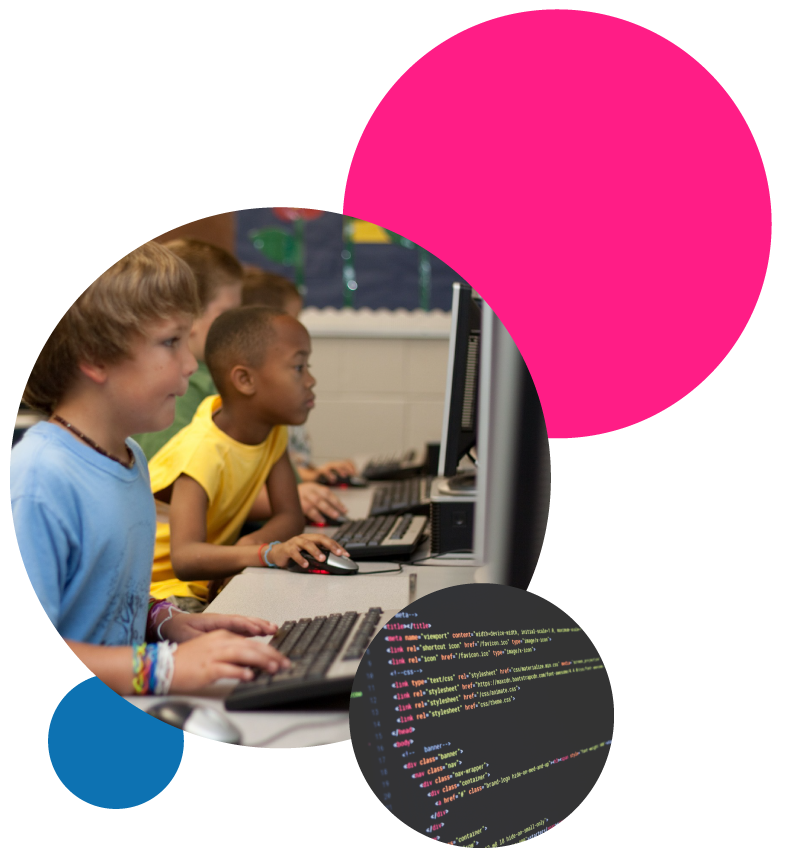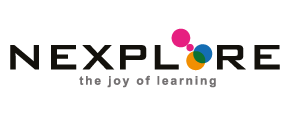
Program Requirements
TECH REQUIREMENTS:
One device per student recommended

This highly interactive course introduces students to the basics of building a website from start to finish. Using the CodeCademy platform, they learn the two main languages for the web, HTML and CSS, and then go on to create an informative “How-To” website of their own. Along the way, students will enjoy increasing their digital literacy through interactive challenges, fun side projects, and captivating offline tasks.

One device per student recommended






Let’s create an unforgettable learning experience together! If you have any questions or need help deciding which premium package is best for you, we're here to guide you every step of the way.
Applicants must be professional, responsible, and reliable with strong communication skills. Background checks are mandatory.
Please email your resume and cover letter to careers@nexploreusa.com to learn more about opportunities near you.
Let's design an after school solution customized to meet your needs.
Camp Nexplore is expanding—and we're looking for community partners with space to lease our camps.
This is not a franchise offering. A franchise offering can be made by us only in a state if we are first registered, excluded, exempted or otherwise qualified to offer franchises in that state, and only if we provide you with an appropriate franchise disclosure document. Follow-up or individualized responses to you that involve either effecting or attempting to effect the sale of a franchise will be made only if we are first in compliance with state registration requirements, or are covered by an applicable state exclusion or exemption.
© 2025 All Rights Reserved
